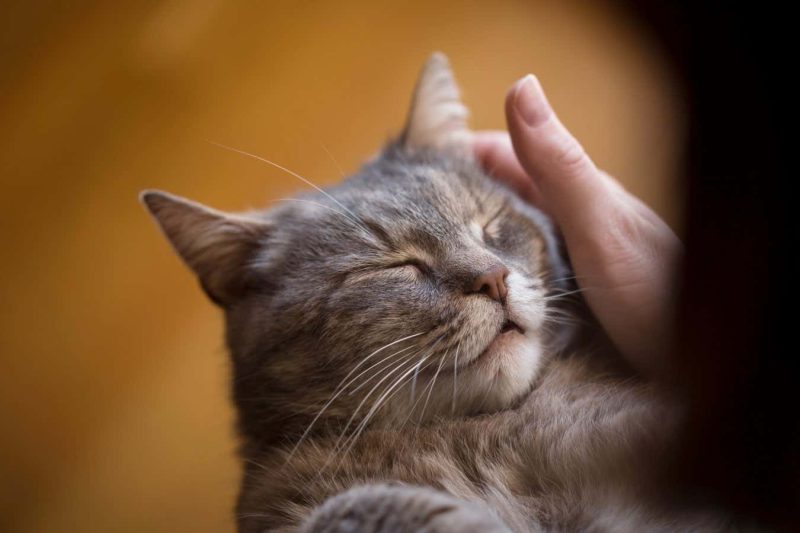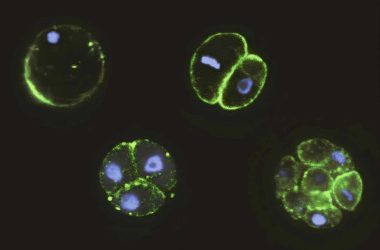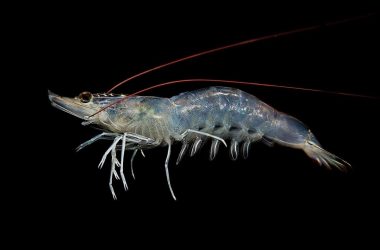Scientists have long been puzzled by how cats are able to produce a low-pitched rumbling sound when they purr. However, a recent study has shed some light on this mystery.
The Role of Vocal Folds
According to Christian Herbst from the University of Vienna, the type of sound an animal produces is often related to the size of its vocal folds. Vocal folds are two bands of smooth muscle tissue located in the larynx, which is a hollow tube in the middle of the neck responsible for producing sounds.
Generally, larger animals have longer vocal folds, resulting in lower-frequency sounds. Domestic cats, which are relatively small animals weighing just a few kilograms, have shorter vocal folds that they use to make high-frequency sounds like meowing and screeching. However, this does not explain their purring behavior, which is also observed in some wild species such as cheetahs and lynxes.
Testing the Hypothesis
To investigate the mechanism behind purring, Herbst and his colleagues conducted a study in which they removed the larynxes of eight domestic cats that had been euthanized due to illness.
Through their experiments, the researchers discovered that the larynxes produced a purring sound when air was passed through them, suggesting that muscle contraction is not necessary for purring. Instead, the sound is made possible by connective tissue structures embedded in the vocal folds, which lower the frequency of the sounds produced.
These connective tissue structures had been previously identified in cats, but their connection to purring had not been established until now.
The Role of Muscle Contraction
Although the study suggests that muscle contraction is not required for purring, Herbst points out that the results do not entirely rule out the possibility that muscle contraction plays a role in enhancing purring sounds in living cats.
The Purpose of Purring
The reason why cats purr is still uncertain. In some cases, purring is believed to indicate contentment and encourage further interaction. It has also been suggested that purring serves as a calming mechanism and aids in the healing process after an injury.
Article amended on 3 October 2023
A previous statement regarding the connective tissue structures in the cat larynx has been removed.








